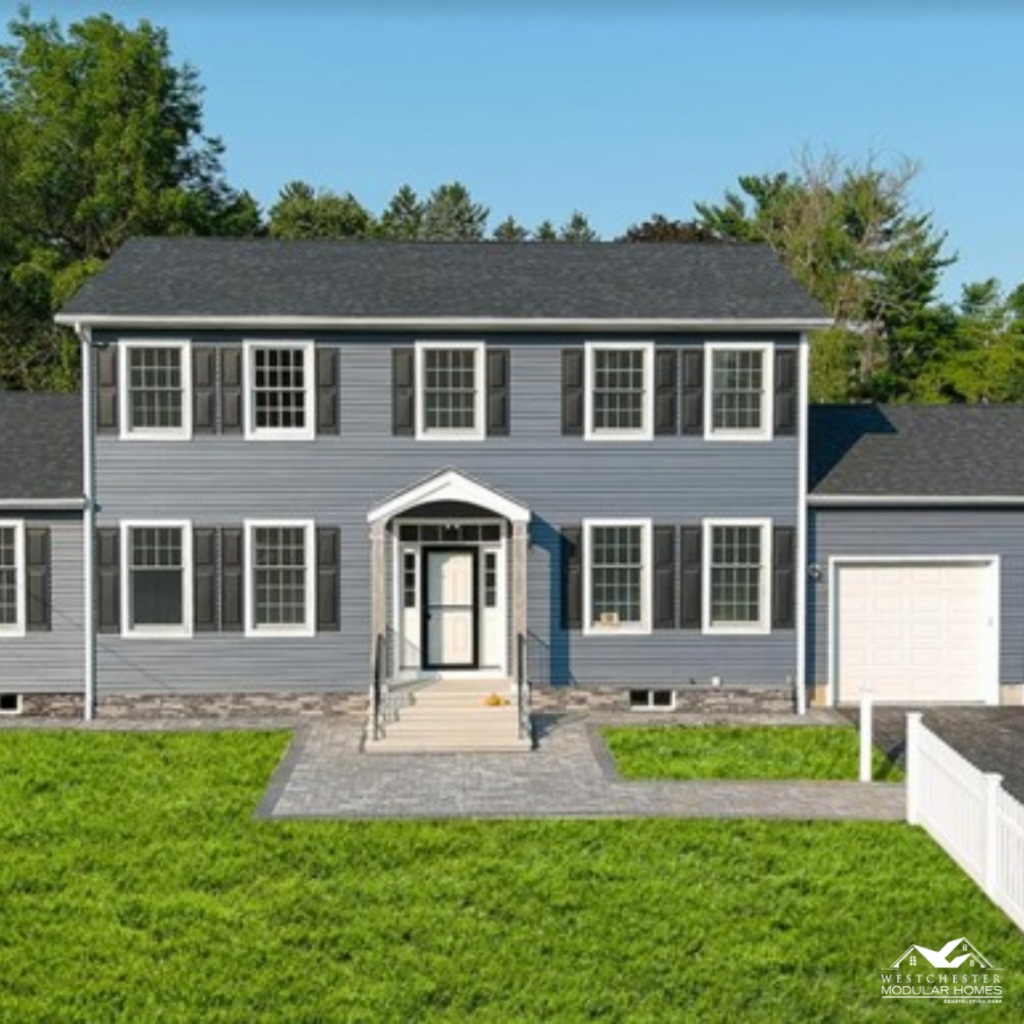Building a Modular Home in a Historic District: What You Need to Know

Modular Construction in Historic Neighborhoods: A Seamless Blend of Tradition and Innovation
If you’re considering building a new home in a historic neighborhood—be it in Westchester County, Putnam County, Dutchess County, or elsewhere in the region—you might assume that modular construction is not an option. However, that’s a common misconception.
At Westchester Modular Homes Construction Corp., we’ve successfully built modular homes in historic districts and areas governed by Historic Review Boards. The key lies in understanding the process, respecting the historical context, and meeting local requirements without compromising the efficiency, quality, or custom design that modular construction offers.
Modular Is Not Off Limits in Historic Neighborhoods
While historic districts have stricter guidelines, modular homes can absolutely be approved—and often are. We’ve completed several homes in these areas and are well-versed in the additional steps required to make them a reality.
It’s important to note that Historic Review Boards primarily focus on the exterior appearance and materials—not the construction method. This means you can still reap the benefits of modular construction, provided the design aligns with the neighborhood’s aesthetic.
What to Expect When Building in a Historic District
If you’re planning to build in a historic or architecturally sensitive area, consider the following:
-
Material Requirements
Boards often restrict certain materials—like vinyl siding—in favor of historically appropriate options such as wood, fiber cement, or stone. Pre-approval of materials is essential, so flexibility and proactive planning are crucial.
-
Façade and Neighborhood Fit
Historic boards and architectural review committees aim for new homes to blend seamlessly with neighboring properties. This entails scrutiny of:
-
Window styles and placements
-
Roof pitches and exterior trims
-
Symmetry and scale in relation to surrounding homes
-
-
Board Approvals Take Time
While the modular home itself can be assembled in weeks, obtaining approvals may take longer. Expect to:
-
Submit plans 2–3 weeks before a board meeting
-
Attend 1–2 board meetings (or more)
-
Navigate multiple layers of approval, including planning boards, zoning, and architectural review boards
For instance, in one project within a historic district, we required approvals from both a historic board and a zoning board—a process that spanned 3–4 months before we could apply for a building permit.
-
Landscaping and Fencing Considerations
In most historic board reviews, the primary focus is the home itself, not landscaping. However, architectural review boards may have input on:
-
Fencing
-
Driveways
-
Screening and plantings
In a recent project, a buyer requested a privacy fence. The town mandated specific materials and height standards, necessitating additional approval steps. Such stipulations are common, and we’re adept at navigating them.
The Modular Advantage in Historic Settings
Despite the approval process, modular construction remains a smart, efficient choice in historic neighborhoods:
-
Precision-built construction ensures exceptional energy efficiency.
-
Homes are set on permanent foundations, akin to traditionally built homes.
-
Custom designs can meet even the strictest review standards, with siding and exterior features tailored to satisfy historic board criteria.
At Westchester Modular Homes Construction Corp., we collaborate closely with clients and local boards to ensure each project aligns with both local regulations and personal preferences.
Final Thoughts
If you’re building in a historic area, don’t dismiss modular options. With the right team, clear communication, and a thorough understanding of the process, your modular home can seamlessly integrate—even in the most traditional neighborhoods.
Have Questions?
We’re here to assist. Contact us today for a complimentary consultation or join one of our virtual factory tours to witness how we bring beautiful, custom modular homes to life.




